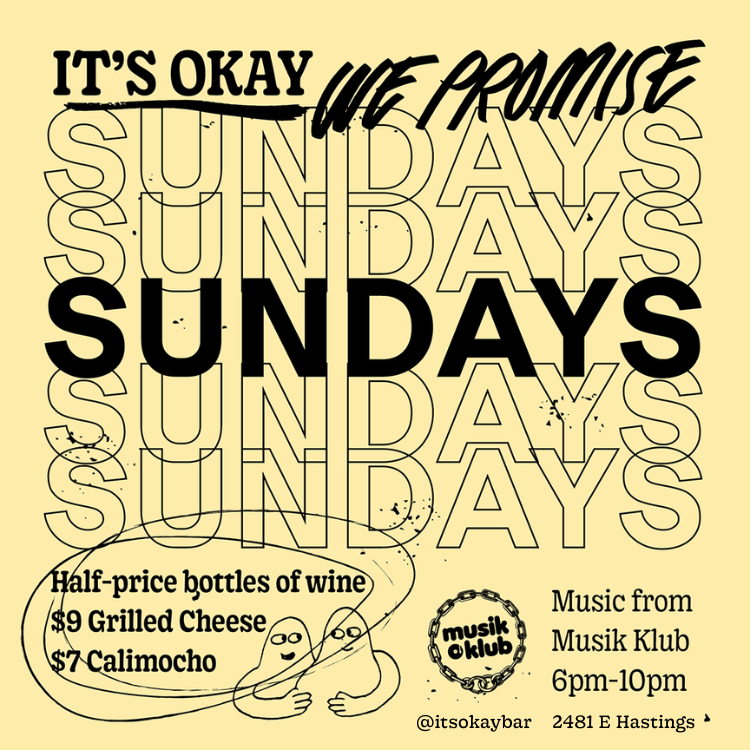If there was ever a time Canada was primed to institute a guaranteed basic liveable income, this could be it. After all, as of August 23, Service Canada and the CRA reported 8.66 million Canadians have applied for the Canada Emergency Response Benefit (CERB), getting $2,000 a month deposited in their bank accounts as they grapple with lost employment thanks to the pandemic.
While the CERB may have rolled out quickly for a brand-new national program, it was still too slow for the many Canadians living one lost paycheque away from homelessness or extreme poverty, as well as those who fell through the cracks of eligibility.
That momentum is what Winnipeg Centre MP Leah Gazan is trying to capitalize on with Motion 46, her motion to convert the CERB into a Guaranteed Livable Income (GLI), available to everyone who lives and works in Canada, should they need it.
“There are many Canadians, particularly with higher rates of unemployment happening [as a result of the pandemic], that are becoming more and more marginalized,” says Gazan on the devastation she has seen in her riding since March. “What we’re seeing is people who were already not being served properly by our current social safety net prior to the pandemic are even more at risk now. And many people who are experiencing homelessness for the first time.”

While the pandemic may have made Canadians realize just how vulnerable we all are when it comes to a sudden loss of income, before becoming an MP, Gazan worked as an anti-poverty activist and believes that this has been a human rights issue in Canada for some time.
“We are all vulnerable,” says Gazan. “I will not accept children in a country as rich as Canada being forced out on the streets.”
Now, as the CERB transitions into a new EI program, those Canadians who were able to bridge the gap between their lost income and the benefit have once again found themselves waiting to find out what their fate would be.
“People are now being forced to wait, from government announcement to government announcement, to know what their fate is. I think that’s disrespectful at a time of pandemic,” says Gazen. “It is bad for people’s mental health and Canadians need to have stability right now, they need to know that they have a government that is going to look after them.”
In contrast, Gazan’s plan aims to be direct, far-reaching and consistent. Motion 46 proposes a guaranteed liveable income that matches the variable living expenses in different parts of the country; is available to everyone who lives and works in Canada, including refugee claimants and temporary foreign workers; and is provided as an addition, not a substitution, to other programs like social housing and disability benefits. It also does not require recipients to be working, seeking work, or training.

When it comes to the numbers of a Guaranteed Livable Income (GLI), Gazan says, “It is a cost-saving measure that pays for itself.”
The financial data to back her up comes from Senator Kim Pate’s report on a Guaranteed Livable Income, which analyzed the data from a number of studies on GLI’s and found that the total cost of a GLI would be about $76 billion annually. This number may seem staggering at first, but, according to Pate’s research, so are the savings that go along with it, from re-allocation of other income tax support programs to a projected 8.5 per cent reduction in hospitalization, policing, court and prison costs.
“Rolling in just one of these sources of savings—federal income support programs and tax measures for low-income people—would reduce its cost estimate for a GLI from $76 billion to $44 billion annually,” says Pate’s report.
“The actual net costs would likely be tens of billions lower, once cost savings with respect to federal tax credits for wealthier Canadians as well as provincial/territorial tax credits and social assistance programs are taken into account.”
Pate’s report also brings together research on the impact of GLI programs on the economy and job force, showing no evidence that they increase inflation or reduce people’s willingness to work: “As the Manitoba Mincome and the Ontario Basic Income pilot project revealed, individuals who ‘chose’ not to work, did so because they were caring for others (children, elderly or those with disabilities) or because they were pursuing retraining or other forms of education, usually in an effort to increase their opportunities to obtain viable employment.”
If you want to support Gazan’s motion, you can sign her petition. Gazan is also organizing a national day of action in support of the motion to take place on September 16, and signing the petition will ensure you get information sent to you by email.
“I do feel hopeful, because 70 per cent of Canadians support this,” says Gazan. “So, there is hope here. And I really do think it’s a life and death motion.”




